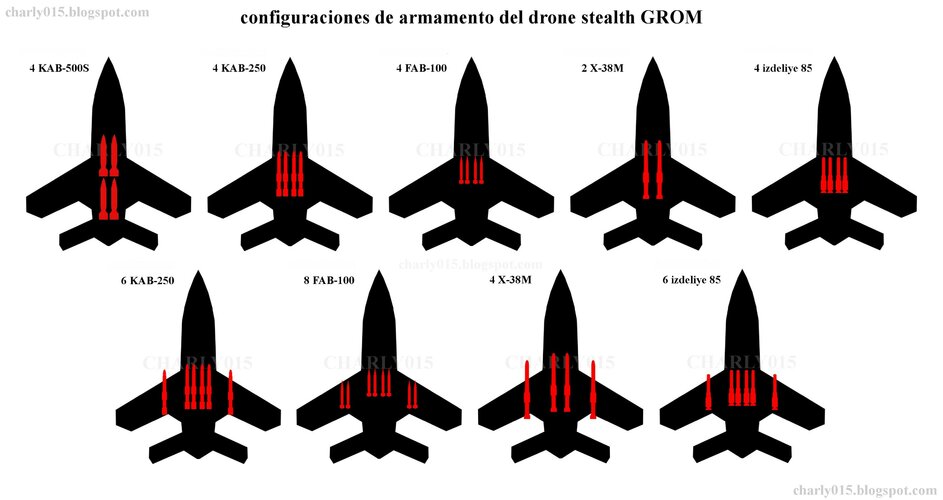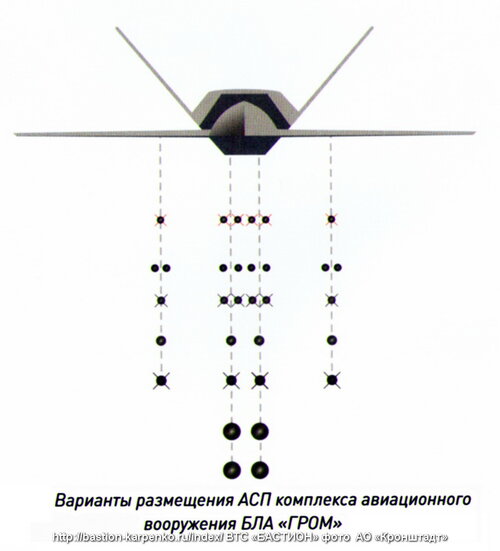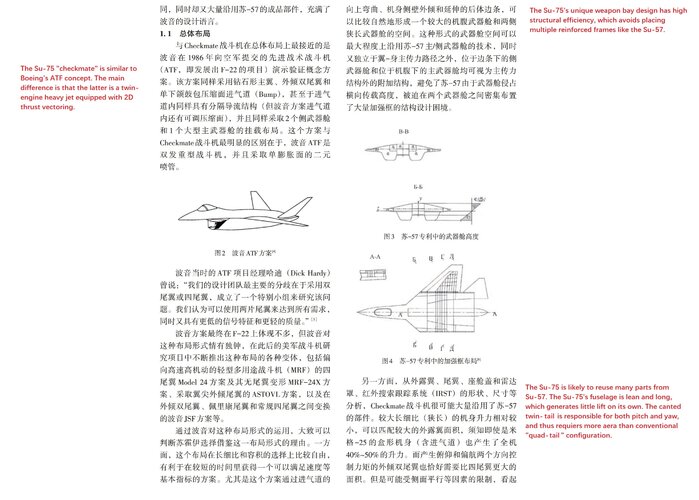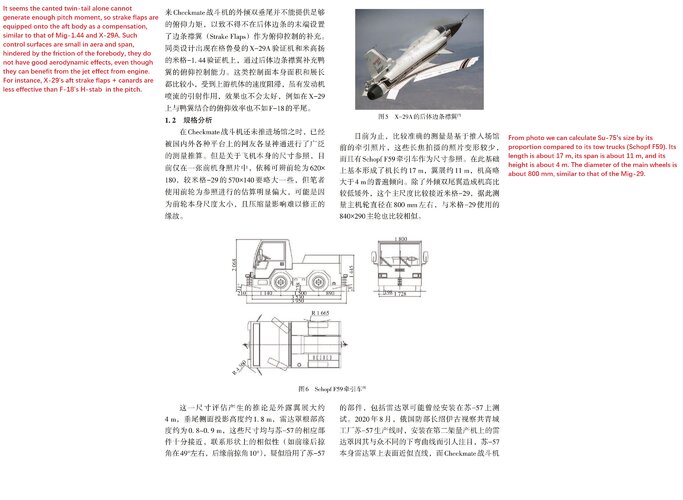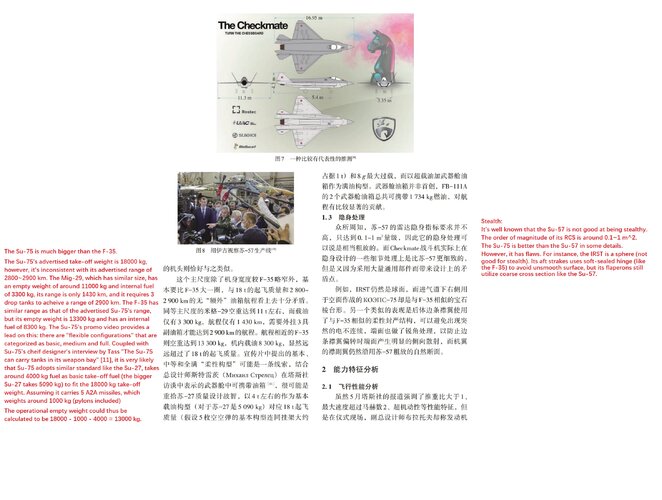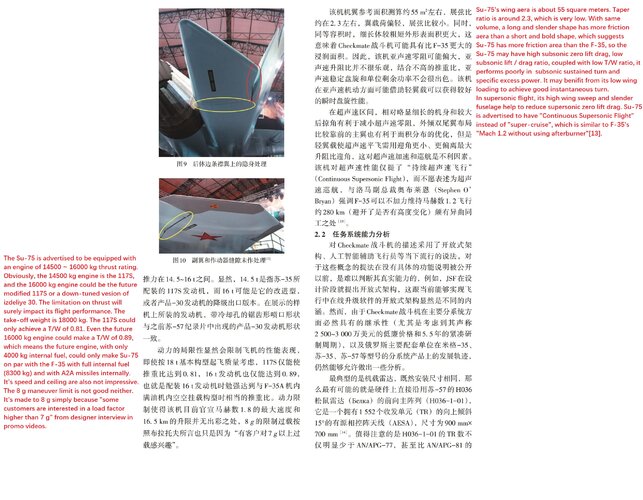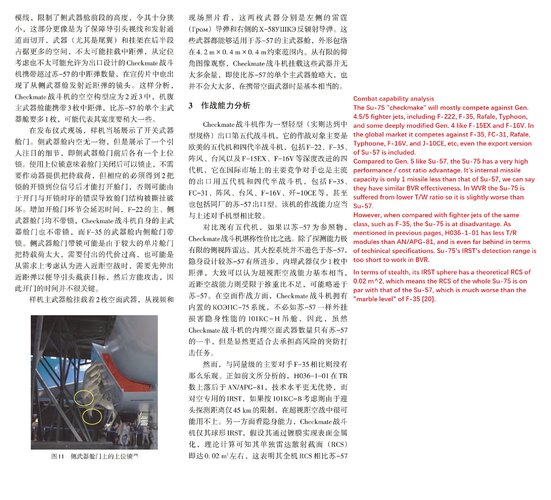As an aviation journalist of many years experience, with books and articles published, I think he has every right to express his view here without being accused of getting his knowledge from "The Drive".
At the same time, it would help his case if his arguments (some of which definitely contain valid concerns at the core) didn't overshoot the target so gratuitously. If one is concerned about being accused of stooping to The Drive levels, it may be an idea to start by raising one's discourse above that standard.
Let's start with economic viability. I'd agree that there is solid grounds for doubt in that regard, but to base that argument on the (current) Su-57 order book of all things is frankly ridiculous. At which point did the 1990s JSF/F-35 become an economically viable project - in 2011 (before then, *firmly contracted* US orders stood at a mere 88, out of a much larger
stated requirement...)? How about the elephant in the room, the expected severe consequences of the attack on Ukraine on the overall Russian defence budget, instead?
And while we're on the subject, what do we even mean by "economic viability" in this context? We are talking about a major national defence project, intended to safeguard and build jobs and critical skills at least as much as making money. Is the UK nuclear deterrent "economically viable"? Would Rafale have been considered "economically viable", if evaluated as recently as 10 years ago before its exports took off? By what standard?
Second, the degree of "system-of-systems" and MUM-T implementation. It is certainly fair to say that the Su-75 will not reach the level of Western 6th generation fighter projects, after all it is at least
scheduled to run several years ahead of them and deliberately draws heavily on the older Su-57. Yet there are good indications that the latter is already intended to go beyond the existing F-22 and F-35 at least, with strong hints of design from the outset for teaming with the S-70 - as always, it's a continuous evolution. The Su-27 and F/A-18 as the final 4th generation fighters also pioneered some features that would come to be widely adopted only in the subsequent 4.5 and 5th generations (IRST, HMD, IFDL in the Flanker, composite wing structures and high specific thrust engines on the Hornet). Not because their designers were inherently smarter, but because the general state of the art had already advanced somewhat compared to the earliest exponents, the F-14 and F-15.
In any case, the Su-75, with its planned unmanned derivative and the separate Grom loyal wing man project, is evidently supposed to expand further upon the level attained in the Su-57, and a future Russian 6th generation project can be expected to improve on this once more. We can *speculate* all we want on whether the overarching Russian strategy of "adjuncts" and "effectors" is as "well-conceived" as its Western counterparts (one of which was recently cancelled...), but the fact of the matter is that its visible and quantifiable elements match. Unless Jackonicko has some deeper insight not only into the Western but crucially also the *Russian* doctrine that eludes me, there is no basis for asserting their relative merits with such unreserved confidence. Appealing to authority does not cut it.
Finally, the commonality approach. If what Sukhoi proposed to do here truly was the equivalent of taking the wings and tail of a Typhoon to create a single-engine Gripen counterpart (which is what Jackonicko implies and explicitly suggested earlier in this thread), it would indeed be mad. It's not as simple as all that, however. The configurations selected for the Su-57 (wide centroplane, deliberately reduced fin area) and Su-75 (compact fuselage, tail layout that relies on the fins for pitch control to a greater extent than its larger cousin) are uniquely suited to this component sharing. As a result the Su-57 wings aren't in fact much larger than those of a Typhoon, and by adopting a more conventional yaw control philosophy, these parts are in fact perfectly appropriate in size for a Typhoon/F-35 class aircraft like the Su-75. This is simple to verify: if it were not the case, wing loading would be grossly low, and while it is lower than the F-35's (which sits near the top of the typical range anyway), it is likely *higher* than Typhoon's and in no way an outlier. Same with the fins - you could say that for once this argument can actually be settled by eyeballing, and they are not disproportionately large. AFAIK, in weight budgeting during conceptual design, the weight of wings and control surfaces is evaluated by area, so if they are not oversized (which they are not, see above) that would indicate the penalty over a purpose-designed part will at least not be severe.
So what about the engineer who judged it crazy? Well, back when the Su-75 was first revealed and this same discussion arose, somebody with experience of structural engineering said it was not self-evidently a bad approach in this very thread. I can only conclude the guy Jackonicko consulted was mirror-imaging what HE considered the brief for such a project _should_ be, not what it actually is. In the case of the F-35, three versions of a largely common airframe were compromised in their performance relative to bespoke-designed aircraft for each role in order to obtain cost savings by component sharing. Was that a good idea? Debatable, but it is what it is, and credit where it is due, the solution LM came up with does perform well enough to be competitive.
Is the Su-75 concept bold, to some extent even unprecedented, in this regard? Absolutely. Does it violate first principles of engineering wisdom as implied by Jackonicko, such that it could legitimately be called "insane" or "crazy"? Hell, NO.
More than one person who saw the Checkmate "demonstrator" believes it was only a mockup. Historically the only times people have reused existing components of aircraft to make a new one like this is for X-Planes and tech demonstrators, and purely for cost and expediency reasons.
It is only a mock-up for sure. Quite possibly one with engineering functions rather than just a cosmetic representation, but I don't think anybody seriously expected it to be a flyable airframe - if that was so, that's mainly on the person concerned and not necessarily a damning reflection on the project.

